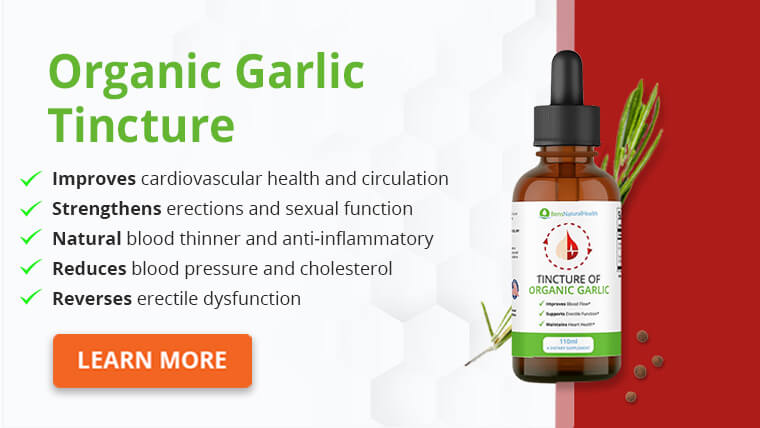Toxic shock syndrome (TSS) is a potentially fatal condition that occurs after certain bacteria get into your bloodstream and release dangerous toxins.
TSS can progress very quickly and affect various organs, including your kidneys, heart, liver, and lungs.
Because of how potentially fatal it is and how quickly it progresses, TSS requires prompt medical attention.
In this article, we tell you everything you need to know about this dangerous condition, including what causes TSS, its signs and symptoms, and how quickly they can appear.
When toxic shock syndrome symptoms appear after using tampons
The onset of TSS symptoms is usually sudden and can occur within hours to days of the bacteria invading your bloodstream.
How quickly symptoms develop depends on various factors, including the type of bacteria, how the bacteria gained access to your body, and your immune function.
TSS can develop as early as 12 hours after surgery. In those who get the bacterial infection from tampons or menstrual cups, symptoms usually appear in three to five days.
If you experience any symptoms we discuss below after surgery, injury, or after using tampons/menstrual cups, seek medical attention immediately.
How long does a tampon have to be in to get TSS?
It is recommended that you leave a tampon in your vagina for no longer than eight hours. This does not mean that anyone who uses a tampon for more than eight hours will get TSS.
However, studies have shown that prolonged use of tampons predisposes one to TSS because it promotes the growth and invasion of toxic bacteria.
Signs of toxic shock syndrome (TSS)
Signs and symptoms of TSS vary depending on the type of bacteria causing the infection. It often starts with flu-like symptoms, which quickly progress.
Generally, signs and symptoms of TSS include:
- Sudden high temperature
- Chills
- Muscle soreness
- Nausea and/or vomiting
- A rash that looks like a serious sunburn and feels rough like sandpaper
- Weakness/dizziness (these occur because of low blood pressure)
- Reddened eyes, nose, and throat
- Confusion
- Slurred speech
- Headache
- Convulsions
- Shortness of breath
- Peeling skin on the soles and palms
In babies or young children who cannot communicate what they are feeling, you may notice signs like:
- Difficulty breathing or fast breathing
- Bluish, grey, or pale skin or lips. In children with darker skin tones, this may be easier to see on the palms or the soles of the feet.
- Reddish dots or a rash that does not fade away when you press and roll a transparent glass cup over it.
- Crying more than usual
- Weak, high-pitched cry that’s different from their usual cry
- Refusal to feed
- Being less active and uninterested in their normal activities
- Being sleepier than usual

What causes TSS?
TSS can be caused by the following strains of bacteria:
- Staphylococcus aureus (S. aureus or staph)
- Streptococcus pyogenes (S. pyogenes or group A strep)
- Clostridium sordellii (C. sordellii)
TSS can affect people of any age and sex because the bacteria can gain access to the bloodstream in various ways. These include:
- Use of tampons and menstrual cups
- Use of contraceptive diaphragms or caps
- Injuries from childbirth (both vaginal and Caesarean section)
- Infected wounds, cuts, boils or burns
- Infected surgical incisions.
What to do if you think you have TSS
If you suspect that you or a loved one has TSS, seek medical care immediately. If you get symptoms while using a tampon, menstrual cup, etc., you need to remove it as soon as possible and inform your doctor about what you were using when the symptoms started.
TSS progresses rapidly and can quickly lead to death. But, there can be good outcomes if it is discovered and treated early.
Toxic shock syndrome treatments
TSS is not a condition that can be treated at home. You’ll need to be admitted to a hospital where, depending on your condition, you’ll receive interventions such as:
- Intravenous antibiotics
- Intravenous fluids to replace fluids you lost and improve your blood pressure
- Medications to help bring up your blood pressure
- Oxygen therapy
- Surgical procedures to remove infected tissues.
Get Your FREE Sleep Guide
- Learn how to naturally improve your sleep
- Dietary recommendations, supplements, and lifestyle changes
- Developed exclusively by our medical doctor
Life after toxic shock syndrome
If you’ve experienced TSS and recovered, you should know that the condition is more likely to recur in people who’ve already had it. So, taking steps to prevent a recurrence is crucial. We discuss some preventive measures below.
After you’ve recovered from TSS, it is best to completely avoid using tampons, menstrual caps, etc. If you do use these devices, some ways to prevent TSS include:
- Wash your hands with soap and follow the instructions on the label before insertion and removal.
- Get tampons with the lowest absorbency you need.
- Never leave tampons in for more than eight hours. While sleeping, you can use menstrual pads instead.
- Wash menstrual cups thoroughly after each use, and don’t leave them in for longer than recommended.
- Don’t leave contraceptive caps and diaphragms in place for more than 30 hours.
If you have a cut, burn, scrape, or some other type of wound, keep it clean. Watch out for signs of infection like a rash, swelling, and increasing pain around the site.
Conclusion
Toxic shock syndrome (TSS) is a rapidly progressing and potentially fatal condition that occurs when certain strains of bacteria get into the bloodstream and release toxins.
These bacteria include Staphylococcus aureus, Streptococcus pyogenes, and Clostridium sordellii.
They can gain access to your bloodstream in various ways, including prolonged use of tampons/menstrual cups and through cuts or other wounds.
It is possible to recover from TSS if it is diagnosed and treated early. If you suspect that you or a person you love has TSS, you should seek medical attention immediately.
It is important to remove the source of infection and start treatment as soon as possible. Treatment may include IV antibiotics, fluids, and surgery.
There is a high chance of TSS recurring in someone who has had it before, so taking preventive measures is important.
These include following packaging instructions when using tampons, menstrual cups, contraceptive caps, and diaphragms and keeping wounds clean.
Explore More








